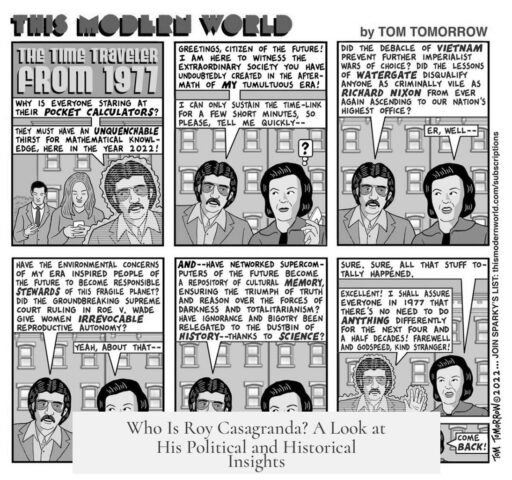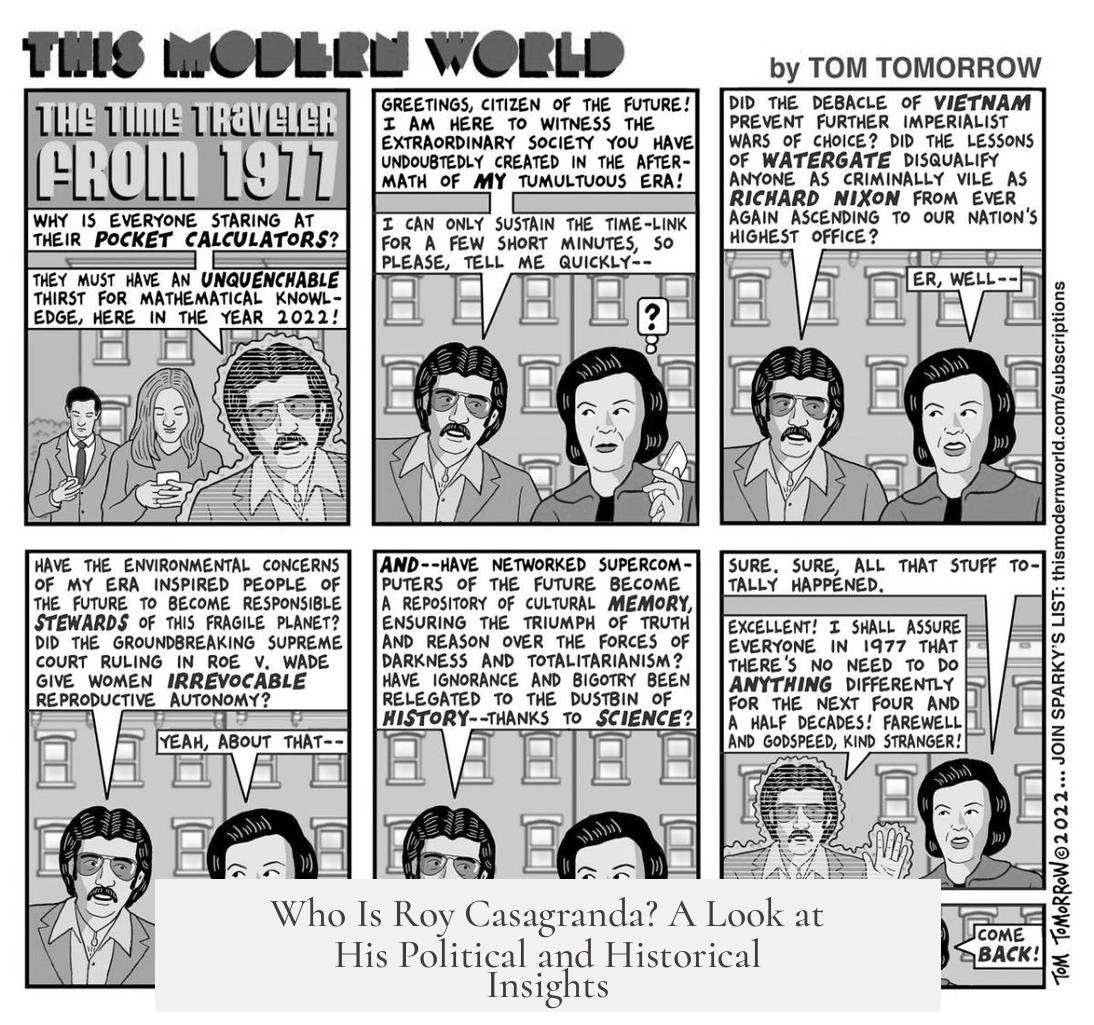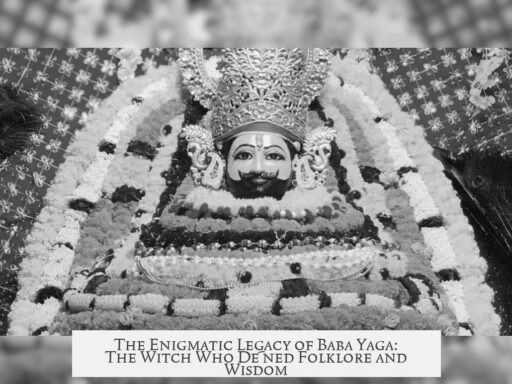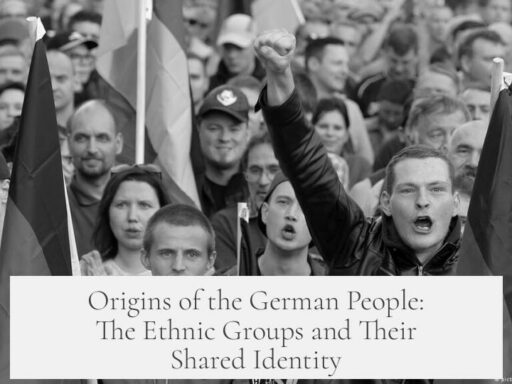Roy Casagranda is a political science professor at Austin Community College known for making inaccurate historical claims, particularly about early Christian texts and councils.
He frequently discusses history, but his interpretations often contain errors. One notable example involves his statements about the Council of Nicaea and the fate of early Christian gospels. Casagranda alleges that the council “threw out 26 gospels” that were subsequently lost and then rediscovered in the Nag Hammadi collection, which he claims the church later embraced enthusiastically. This account is not supported by historical evidence.
The Council of Nicaea (325 AD) did not debate or reject 26 gospels. The canonization of Christian texts was a gradual process that started long before and continued after Nicaea. Many non-canonical writings, mostly from the 2nd century, remained outside mainstream acceptance and were largely forgotten or lost over time. The Nag Hammadi library, discovered in Egypt in 1945, consists of 52 Gnostic texts, including four gospels, but these texts were never accepted as canonical by the early church.
The Nag Hammadi gospels include:
- The Gospel of Thomas: A sayings gospel with substantial overlap with the canonical gospels.
- The Gospel of Truth: A poetic Gnostic text condemned as heretical before the Council of Nicaea.
- The Gospel of Philip: Contains 15 sayings attributed to Jesus, of which 7 appear in canonical gospels.
- The Holy Book of the Great Invisible Spirit (Coptic Gospel of the Egyptians): Presents a Gnostic narrative about Seth, unrelated to mainstream Christian teachings.
These texts reflect diverse early Christian beliefs, often labeled heretical by orthodox Christianity. Contrary to Casagranda’s claim, the church did not suddenly embrace these discoveries; rather, these writings highlight theological differences and debates from early centuries.
In summary, Casagranda’s historical claims, especially concerning early Christian scripture and councils, show a lack of scholarly rigor. Even a basic understanding of the Nag Hammadi texts and early church history contradicts his assertions.
- Roy Casagranda is a political science professor, not a historian.
- His claims about the Council of Nicaea rejecting gospels are inaccurate.
- The Nag Hammadi texts are Gnostic writings never accepted by the early church.
- These texts include diverse, often heretical, early Christian views.
- Scholarly consensus does not support Casagranda’s narrative.
Can anybody tell me who Roy Casagranda is?
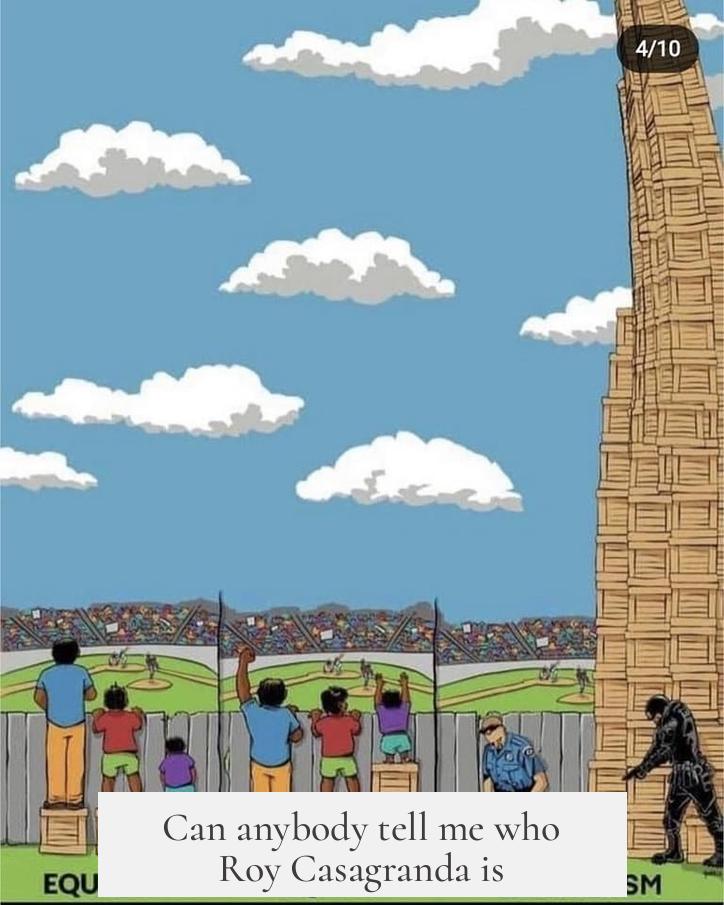
If you’re wondering, Roy Casagranda is a political science professor at Austin Community College — and when it comes to history, especially religious history, he tends to be, well, occasionally full of it.
But who exactly is this Roy Casagranda and why is he known for some eyebrow-raising historical claims? Let’s dig into the man behind the microscope, his assertions, and the facts that reign him back.
Meet Roy Casagranda: The Professor Who Mixes Politics with Spicy Historical Stories
Roy Casagranda isn’t your typical historian or theologian. His career is rooted in political science, teaching at Austin Community College. Imagine him as that professor in class who shifts effortlessly from politics to history, but occasionally takes a few leaps into inaccurate historical territory.
As a political science professor, his core expertise lies in governance, policy, and political behavior — not in the detailed study of early Christianity or ancient texts. This background partly explains some of the zigzags in his historical narratives.
The Case of the Council of Nicaea and “Lost Gospels” — Where Casagranda Goes Wrong
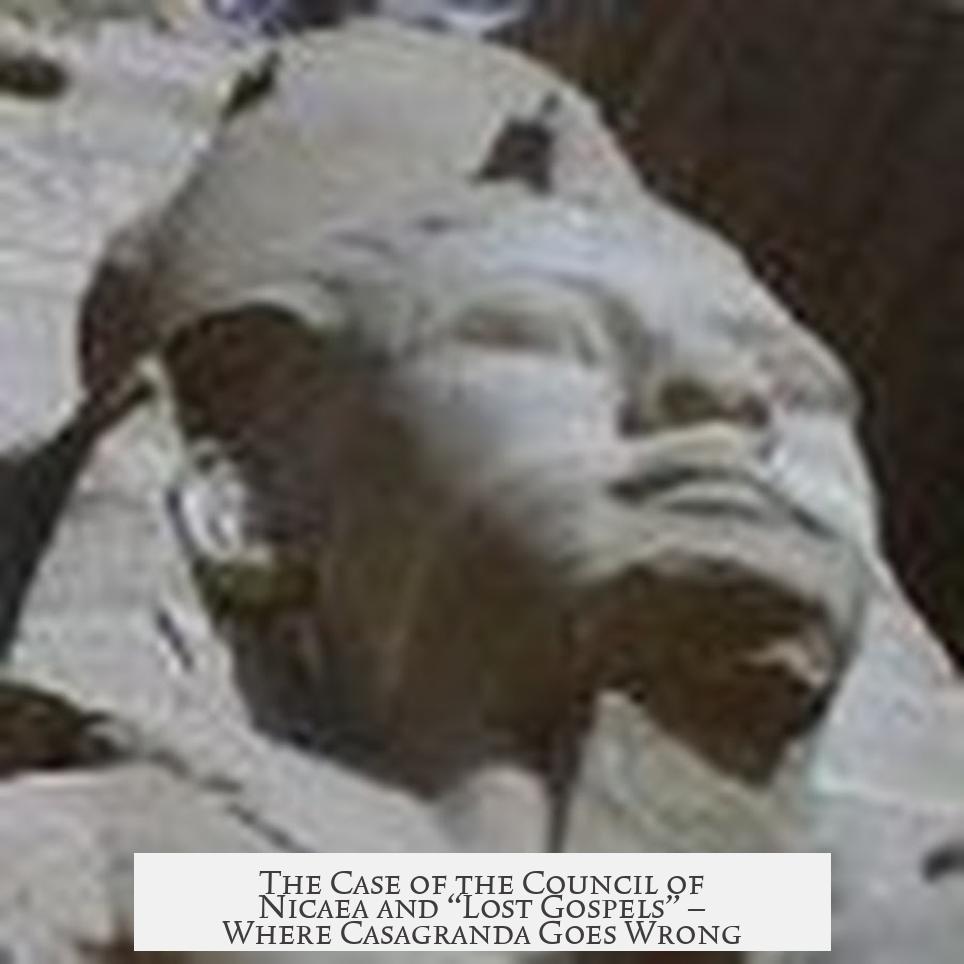
Casagranda once stirred quite a discussion claiming that the Council of Nicaea “threw out 26 gospels,” which were lost only to be later found in the Nag Hammadi texts — and that the Church got unexpectedly thrilled about this discovery.
This story? It’s a historical hot mess.
First off, the Council of Nicaea (325 CE) did not decide the canon of the New Testament or “throw out” dozens of gospels. In fact, the council’s main concern was to address the Arian controversy about the nature of Christ and to unify the Church’s creed. The official selection of which gospels were canonical developed gradually over centuries.
Secondly, the Nag Hammadi Library, discovered in Egypt in 1945, contains 52 Gnostic texts with only four “gospels.” These texts never gained acceptance by the mainstream Church from the start. It’s a bit like thinking you lost your keys and then found them in the cookie jar — but realizing the jar wasn’t even yours.
What Are These Nag Hammadi Texts Anyway?
The Nag Hammadi collection is a treasure trove of Gnostic writings dating mostly from the 2nd century, filled with mystical ideas very different from orthodox Christianity. This collection contains four gospels that diverge significantly from the canonical ones and were never embraced by the Church.
- The Gospel of Thomas: A sayings gospel that overlaps in many places with the canonical four but focuses more on secret knowledge.
- The Gospel of Truth: A poetic and Gnostic text, denounced as heretical long before the Council of Nicaea.
- The Gospel of Philip: Contains some sayings attributed to Jesus (7 out of 15 found also in canonical texts), emphasizing mystical interpretations.
- The Holy Book of the Great Invisible Spirit (Coptic Gospel of the Egyptians): This one’s a wild story. It tells of Seth, Adam and Eve’s third son, believed by early Gnostics to incarnate as Jesus, a concept way outside mainstream Christian theology.
So no, these texts weren’t “lost then found” like a gripping Netflix thriller — they were alternative spiritual writings circulating on the fringes and largely rejected by early church authorities.
Why Does This Matter? The Problem with Casual Historical Claims
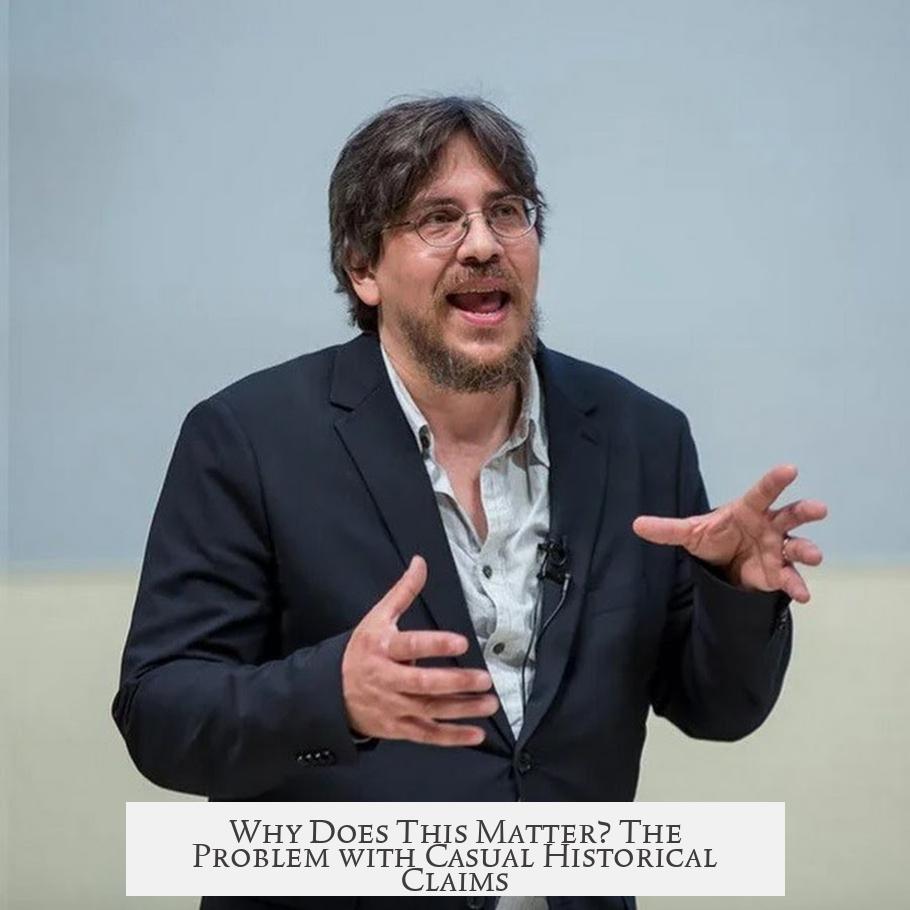
Casagranda’s statements show a lack of careful study. Anyone with even a surface knowledge of early Christian history knows that the formation of the biblical canon was a slow, complex, and multi-stage process. Attributing such a decisive role to the Council of Nicaea is historically inaccurate.
Moreover, mixing up the Nag Hammadi texts as evidence that “lost gospels” were suddenly embraced misrepresents both the texts themselves and the history of Christianity. It risks misleading students or casual listeners about how religious traditions evolved.
What Can We Learn from Roy Casagranda’s Mix-Up?
Historical accuracy counts — especially from educators. Professor Casagranda’s story about the Council of Nicaea and the “26 lost gospels” is a cautionary tale about trusting sweeping claims made without thorough research. It’s a reminder to check sources and question sensational narratives, particularly about religion.
If you want to explore these topics, dive into works by established scholars like Bart Ehrman or Elaine Pagels. They provide nuanced, evidence-backed insights on biblical canon formation and Gnostic texts, unlike the overly simplified version often passed around.
So, Can Anybody Tell Me Who Roy Casagranda Is?

Yes. He’s a political science professor known for his bold and sometimes faulty takes on historical questions. He steps into history with enthusiasm but sometimes trips on the facts, especially around deep topics like the Council of Nicaea and the Nag Hammadi texts.
If this piece leaves you curious about the fascinating world of early Christian texts or the Council of Nicaea, remember that history is complicated but worth getting right. Roy’s tales might spark interest — but don’t bank on them without cross-checking the details first.
Final Thought:
“History isn’t a highlight reel—it’s a marathon of facts and interpretations. And sometimes, you’ve got to slow down, look at the real maps, and stop running wild with half-baked stories.”
Curious about more colorful history figures or surprising historical facts? Stay tuned, and keep questioning. After all, some claims are just too big to swallow without a grain of salt… or a whole library of checked sources.
Who is Roy Casagranda?
Roy Casagranda is a political science professor at Austin Community College. His expertise lies outside detailed historical analysis, and he has made some inaccurate claims about historical events.
What did Roy Casagranda claim about the Council of Nicaea?
He said the Council of Nicaea discarded 26 gospels that were lost and later found in the Nag Hammadi texts. This claim is incorrect based on historical scholarship.
Why is Roy Casagranda’s claim about the Nag Hammadi collection inaccurate?
He conflated the Council of Nicaea’s role and the nature of the Nag Hammadi texts. Those gospels were not “lost” at Nicaea, and the church never officially accepted the Nag Hammadi writings.
What are the Nag Hammadi texts referenced by Roy Casagranda?
The Nag Hammadi collection is a group of 52 Gnostic writings, including four gospels like the Gospel of Thomas and the Gospel of Philip, none of which were recognized as canonical by the early church.
How do the Nag Hammadi gospels compare with canonical gospels?
Some apocryphal texts share phrases or themes with canonical gospels, but they also include unique, often heretical, ideas not accepted by mainstream Christianity.
What do scholars say about Roy Casagranda’s historical understanding?
Experts say that even a brief study of the Nag Hammadi collection would show his statements about the Council of Nicaea and the gospels are misleading and factually incorrect.
